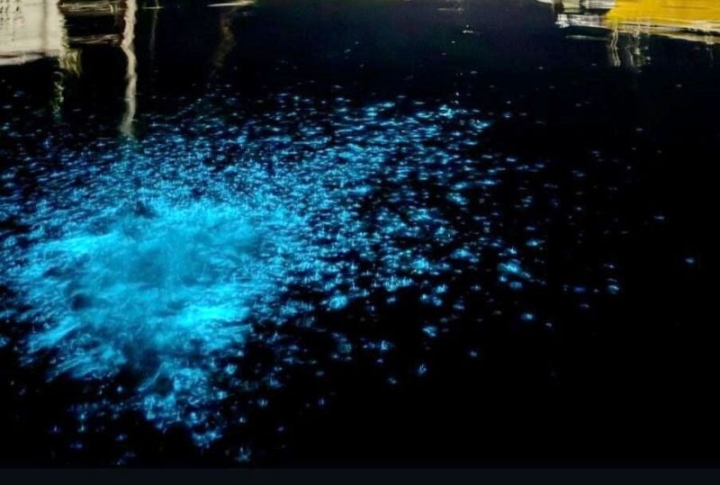Seafood from Avacha Bay in Kamchatka is potentially dangerous to health

Photo by the government of the Kamchatka Territory.
The Avacha Bay in Kamchatka, which glows at night, delights residents and guests of Petropavlovsk-Kamchatsky, but it is of concern to scientists, Kamchatka.Today reports.
Experts have taken samples of algae and will send them to Vladivostok in the near future. Scientists suggest that the massive flowering in the bay is caused by algae of the Alexandrium tamarense species.
These microorganisms synthesize saxitocin, which belongs to the group of paralytic toxins of mollusks. It is not necessary to consume Kamchatka marine “wild plants” – mussels, crabs and bottom fish species caught in the Avacha Bay until the amount of the released toxin is determined.
“The number of blooming harmful algae capable of bioluminescence is not increasing, but it is quite high, and the organisms that live there feed on them. These are mainly shellfish, primarily mussels, which absorb them and accumulate the toxins they may contain,” explained Sergey Korostelev, director of the Kamchatka branch of the Pacific Institute of Geography of the Far Eastern Branch of the Russian Academy of Sciences.
In turn, crabs and various types of fish eat shellfish. Therefore, they are potentially dangerous to eat. However, this does not apply to Pacific salmon, as they do not feed when entering Avacha Bay.
Samples were also collected on the Pacific coast at Khalaktyrsky beach. There, according to experts, the number of suspicious algae is minimal and does not pose a health hazard.
Let us remind you that Tsvetnaya Bay provides unforgettable impressions to tourists and residents of Kamchatka. However, when sailing at night, do not forget about safety.